latest
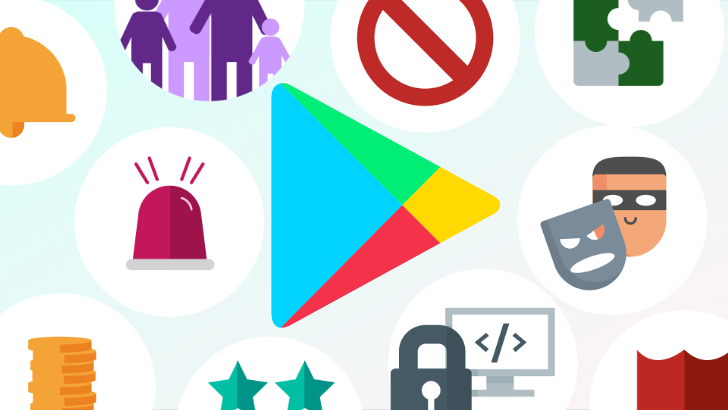
Read update
The Play Store has often been compared to the wild west; which may be good or bad, depending on your perspective. Unlike Apple's App Store and the Amazon AppStore, developers have long been free to publish their apps without going through a lengthy curation stage, and only those that contained malware or used restricted APIs were blocked. However, it appears Google may have quietly instigated a more involved review process that impacts every app and update.
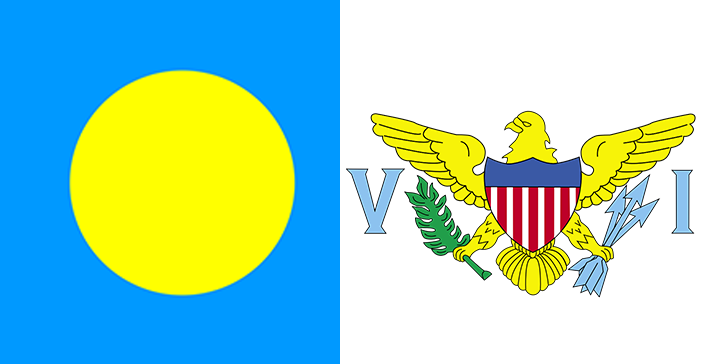
Google has quietly added more countries to its supported locations for developer and merchant registration. First up, developers in Palau and the U.S. Virgin Islands, two countries that were previously completely off the list, can now register on Google Play as well as create merchant accounts. Their payments will be made in USD, which is the official currency of both nations.

A big new set of services began rolling out to Firebase users today. Google's mainstream service for push messaging and other app services just announced an assortment of new capabilities. The big addition in this update is a new in-app messaging feature that enables quick announcements and offers to users, and can be tied to certain user behaviors. There are also big revisions to the management console and statistics tracking views, upgrades to the Crashlytics services, a new history view for Remote Config, and more.
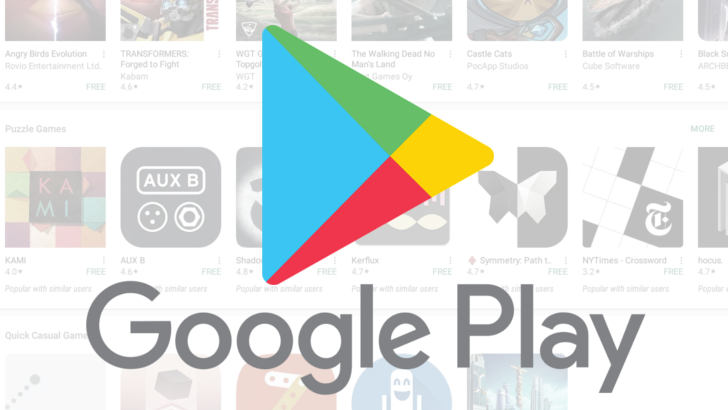
Most of you probably aren't aware of this, but only developers in select countries can sell apps and in-app purchases on the Play Store. Support is slowly spreading, with Tunisia and Zimbabwe having been the most recent additions in April, but the list has just grown by another six countries.
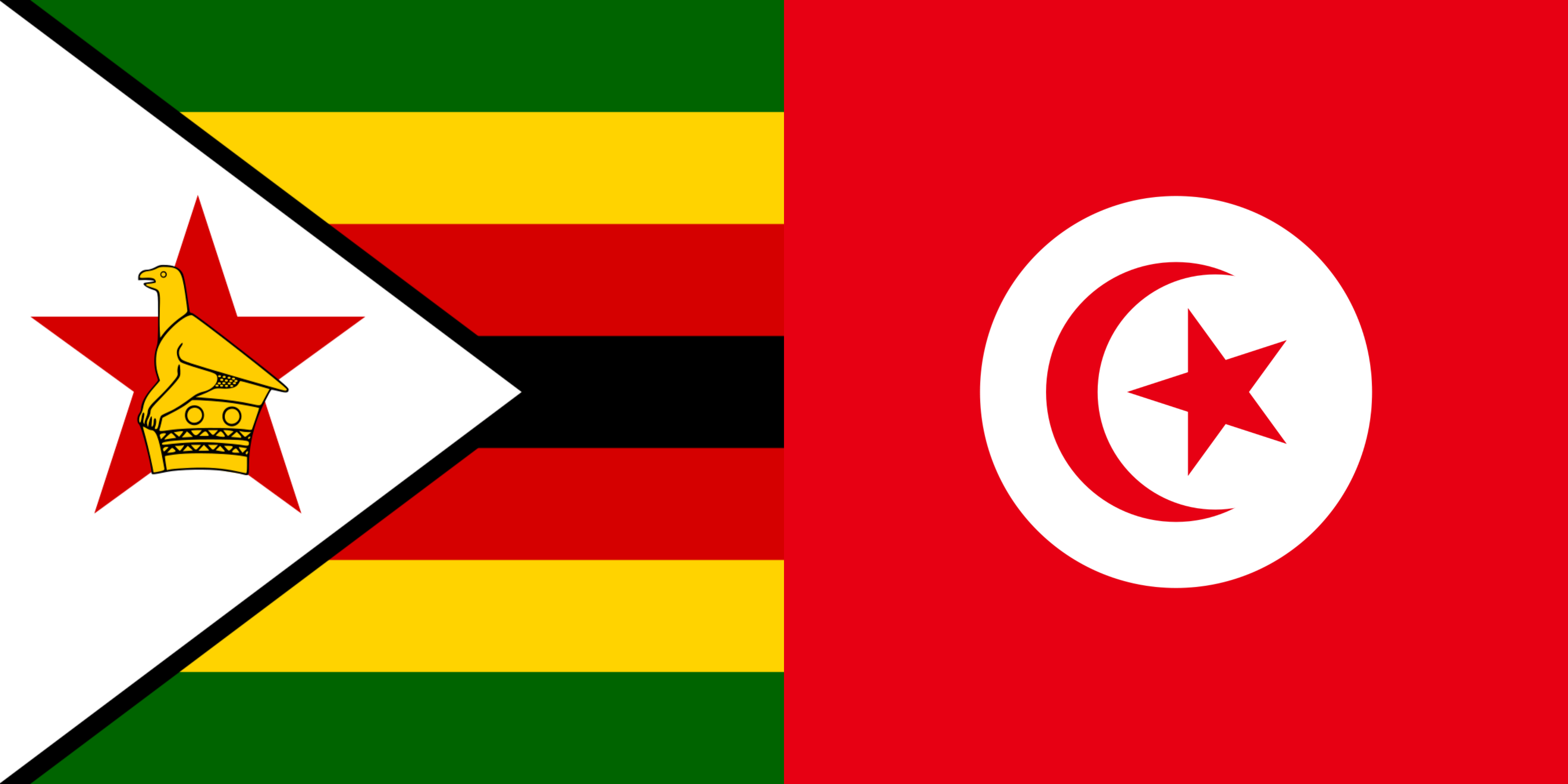
It might surprise you to know that developers in many countries can't sell paid apps on the Play Store. Last month, Ecuador, Sri Lanka, and Tanzania added support for merchant registration (a prerequisite to sell paid apps and IAPs on the Play Store), and now Tunisia and Zimbabwe have joined in on the fun.
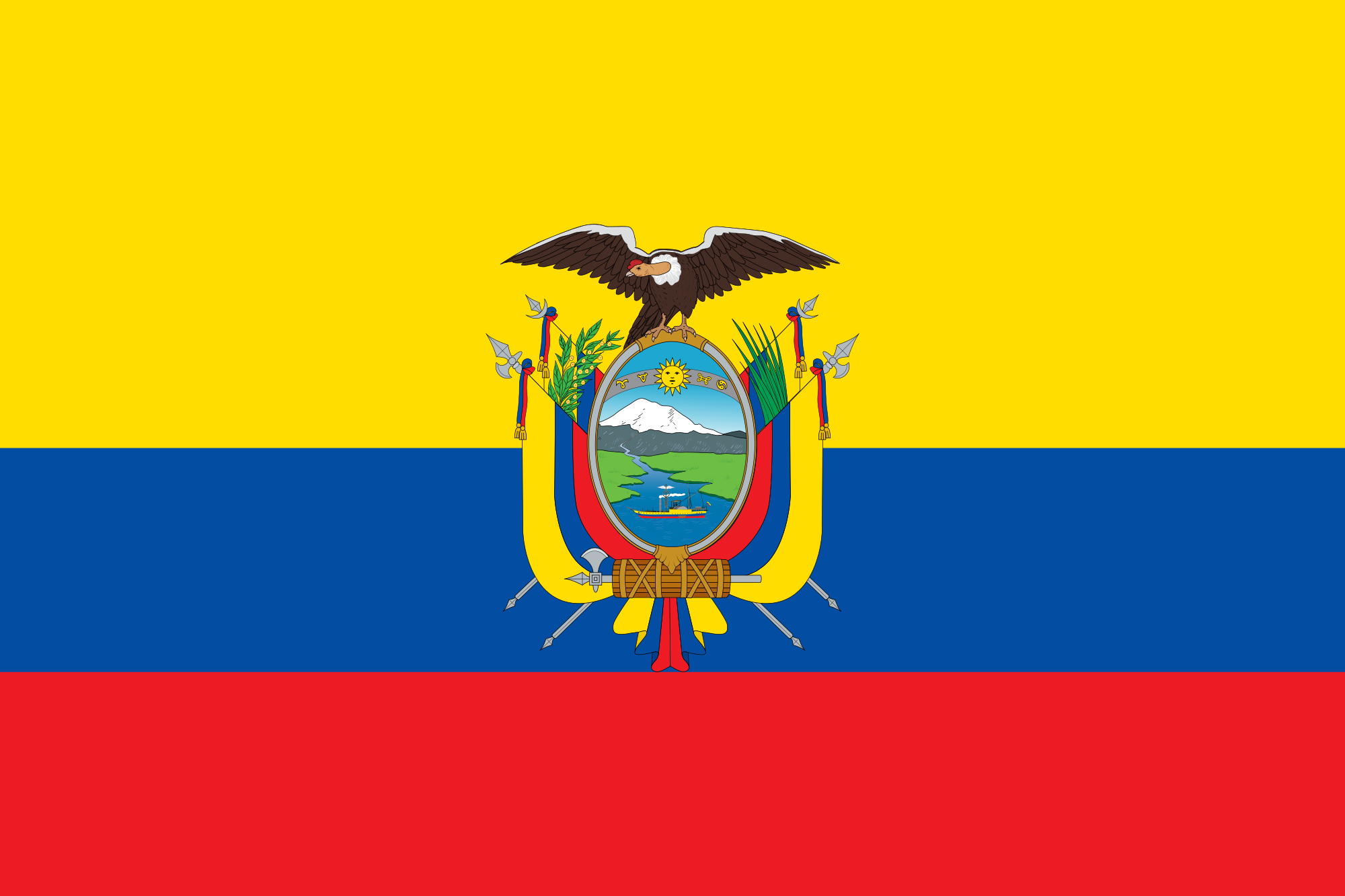
Not all countries are equal when it comes to making and selling apps on the Play Store. Some don't even support developer registration, others let developers register but only let them distribute free apps. That was the case of devs in Ecuador until now: the ability to register as a merchant is available to them so they can finally sell paid apps and IAPs on the Play Store.
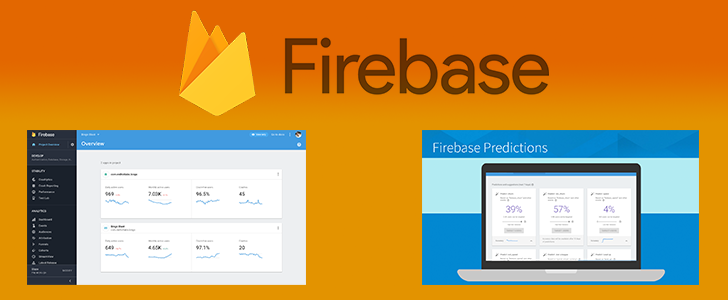
Google's Firebase team has been hard at work lately. Earlier this month, Firebase added a whole new storage product called Cloud Firestore, but that was just the beginning. Several major additions and improvements were just announced during the keynote at the second annual Firebase Dev Summit taking place in Amsterdam.
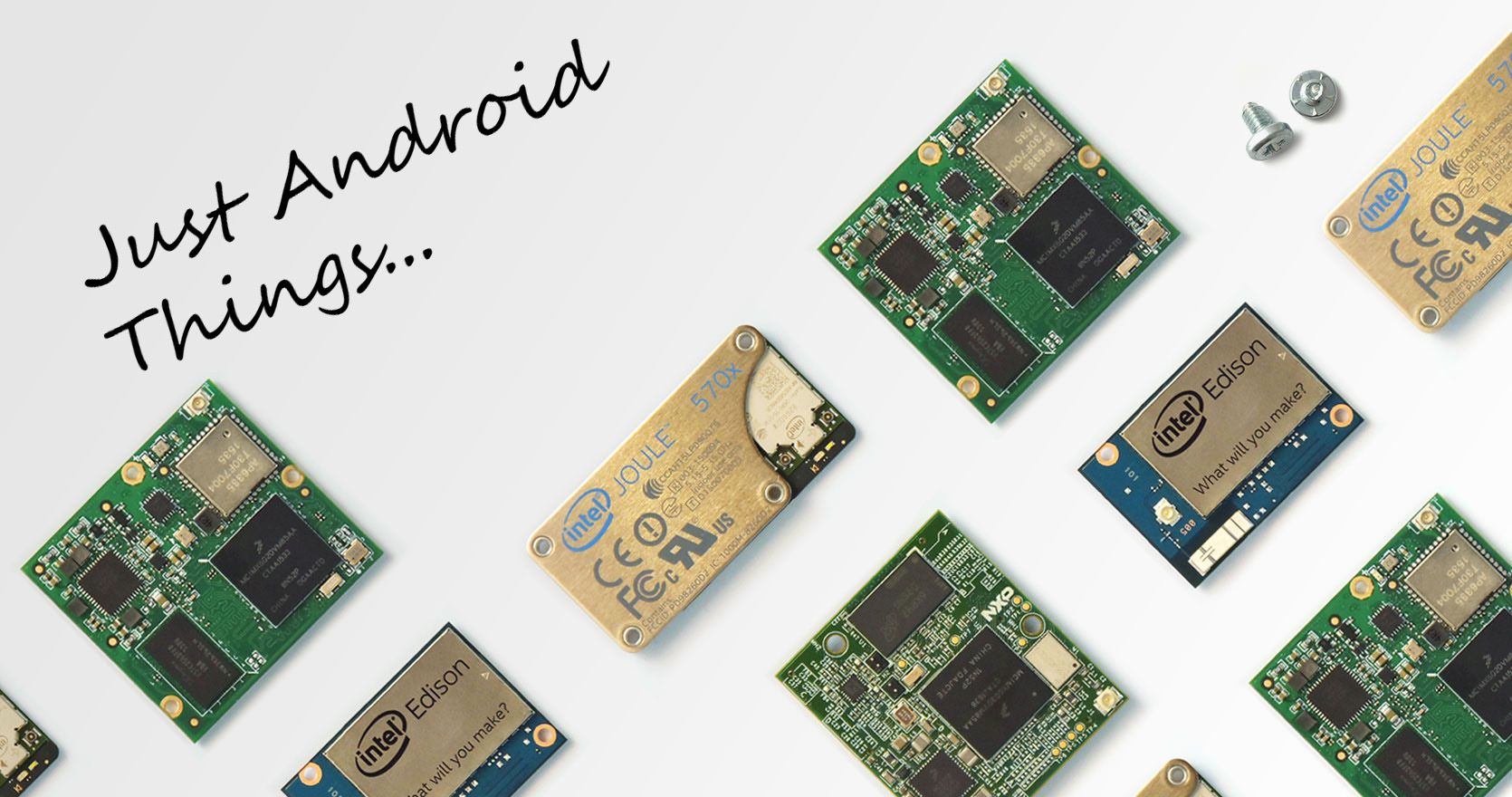
If you're not familiar with Android Things OS, it's a lightweight version of Android designed to run on Internet of Things (IoT) devices. The first Developer Preview was released last year, and there have been a few updates since then. Now Google has released the first preview of Android Things Console, which makes managing a fleet of Android Things devices significantly easier.
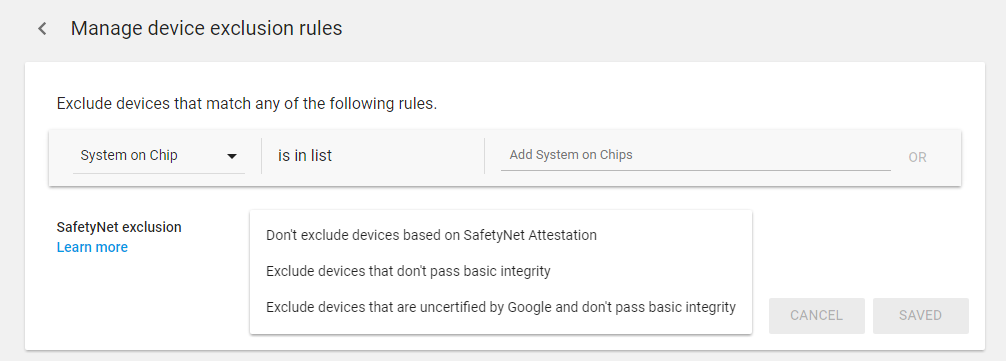
Last weekend, a huge turmoil swept the root-enthusiast Android community as it was discovered then confirmed that the Netflix app was being blocked from showing up in search results on the Play Store for rooted devices. At the time, Netflix said it was using Widevine to block unsupported devices, but that made no sense to us: the app was still functional if it was sideloaded, it was only not showing up as compatible in the Play Store. So what sorcery was Netflix really using?! Turns out it's a new function of the Google Play Console.

There's an unsurprising correlation between developers that respond to reviews and the average ratings on their apps. Apps with a higher number of responses often have above average ratings, especially when they can turn an unhappy user from 1 star to 5 stars with a helpful tip. Sure, there are exceptions, especially if the responses are combative, but a few simple words can turn around the angriest of customers.
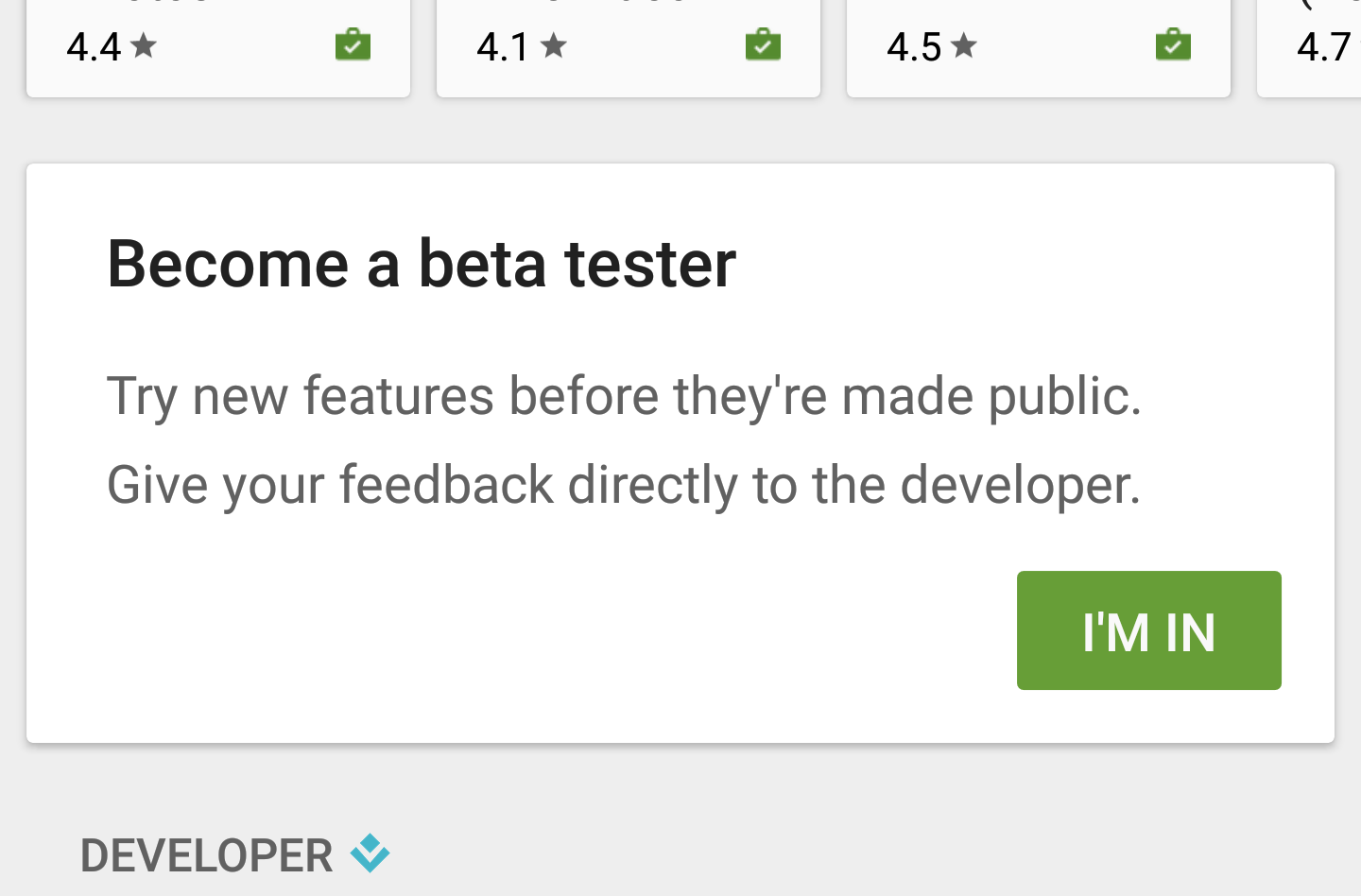
It was only a couple of days ago that the Play Store got updated to version 6.7 with several new features including better access to betas and beta feedback, features that were soon reverted through a sever-side switch probably because they were revealed a little prematurely. Now we have official word from Google about those new betas as well as plenty of other goodies for Google Play that are in store for users and developers alike.
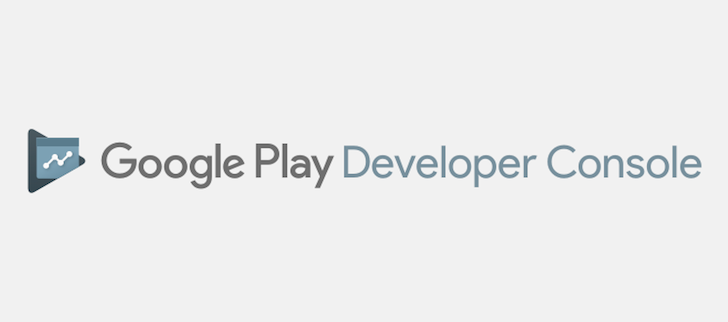
Remember when Google started rebranding all of its Play icons with new colorful and triangular shaped ones? That was more than a month ago — man does time pass fast! Now that the Play Store and the different entities have received their visual icon refresh, it's time for the backend to also get the same treatment. After all, you don't want your product's graphical identity to be scattered and incoherent, do you?
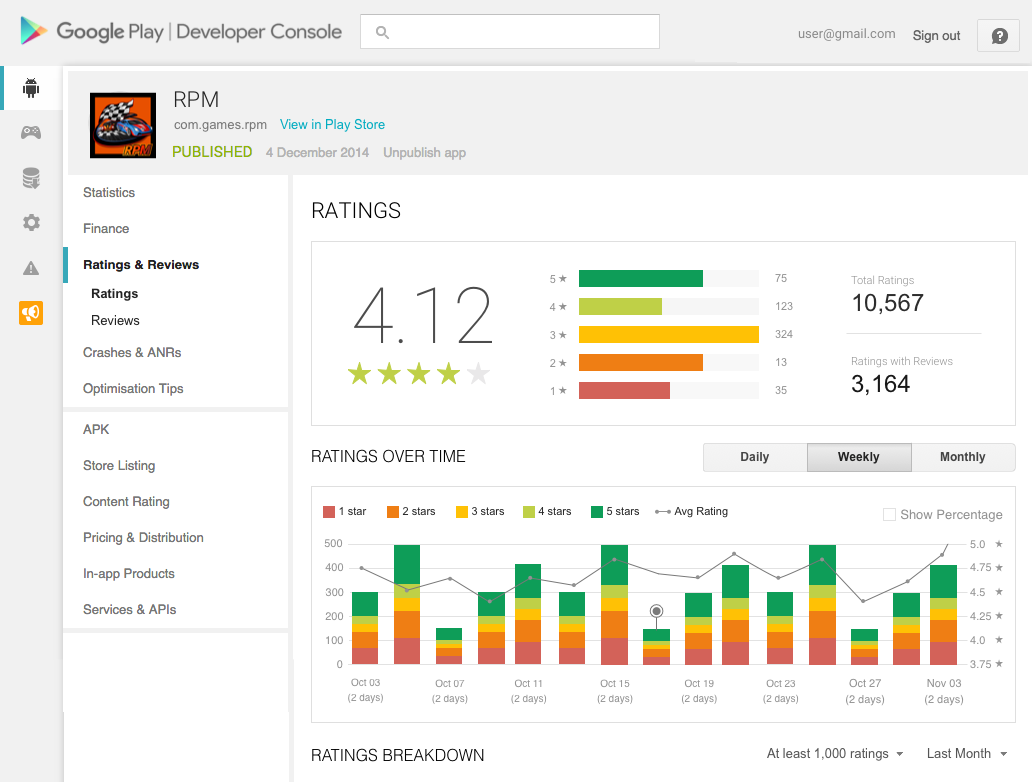
There are multiple reasons to leave a review in the Play Store. One is to convey to other users how good or bad an app is. Another is to communicate to the developer.
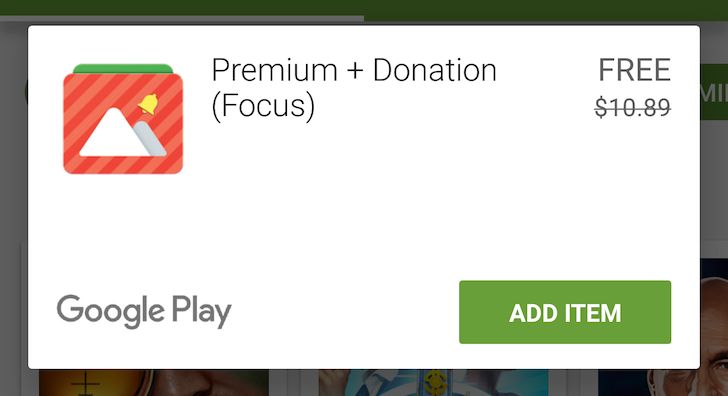
Promo codes aren't new in the Play Store. Google has been using them for a while to redeem apps (like the free family apps it offered for a few weeks) and other types of media. However, the option for developers to generate their own codes and issue them to their users was only added a few days ago.
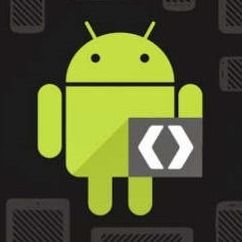
Running a good business requires an intimate knowledge of anything and everything that affects its operation. This means keeping track of numbers, reports, and any other data that can possibly be accumulated. Distributing apps on the Play Store is no different. Developers need to know if users are leaving bad reviews, if their apps are crashing, or if the install numbers suddenly rise. While the Play Store does tracks these things and more, many companies have more specific needs. Google is now allowing developers to export this data so it can be analyzed and re-used in many different ways.
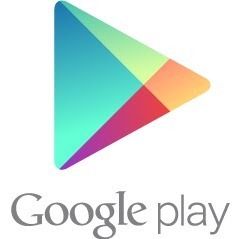
For an app developer, there's nothing worse than finding out your latest update is catastrophically flawed and blowing up for your users. This is the reason Google introduced the alpha and beta channels, and then added staged rollouts. These features give developers a way to steadily release new versions into the wild, discover their bugs, and fix them before a wide release. However, all of this still relies on treating some of your users as guinea pigs. If you'd like to keep them around, it's best to minimize the fallout of a bad release as soon as it's discovered. To make things a little easier, Google has added a new button to the Developer Console that stops a staged rollout immediately.

Excitement over products like the Ouya, nVidia's Shield line, and even numerous gamepads proves that gaming on Android has entered the mainstream. Developers have been jumping at the opportunity to build games that work across many of the different operating systems; and thanks to the Cross-Platform SDK, they're able to integrate most of the Play Games services into their products on Windows, Mac, and Linux. Until now, this SDK has lagged behind the SDKs for Android and iOS on one specific feature: real-time multiplayer support. As of today, Google is rectifying this oversight and making a number of other improvements with updates to the Play Games SDKs, along with some new features in the Google Play Developer Console.
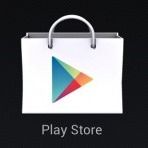
The Google Play Developer Console has undergone some pretty major changes over the years, including a complete overhaul 2 years ago. While the improvements continue to make for a more powerful and usable tool, some developers still find areas where it could be better. Google's engineers don't have time to build everything for everybody, but a new version of the Google Play Developer API makes it possible to build quite a few things for yourself. The new API allows developers to programmatically upload apks and modify almost every detail about your store listings.
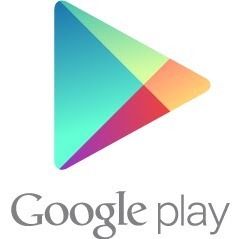
Developers have certainly made great use of the Alpha and Beta distribution channels in the Play Store since they became available last summer. There was one glaring oversight: developers could only write a single block of text for the "What's New" section. This often led to changelogs that left beta testers in the dark about changes or confusing regular users with promises of new features and fixes that hadn't yet materialized in the stable channel. Well, this problem ends today. Google has finally opened up support for distinct changelog text for each channel!
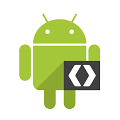
Google Updates Developer Guidelines For Tablet-Optimized Apps – Separate Screenshots And Verification Of Tablet UI
Google has been pushing developers to build tablet-optimized UIs for their apps since the Xoom was the hot new challenger to the iPad (haha). Okay, so
Google has been pushing developers to build tablet-optimized UIs for their apps since the Xoom was the hot new challenger to the iPad (haha). Okay, so that didn't work out very well, but with the release of devices like the Nexus 7 and Nexus 10, devs are finally starting to see the value of building a great tablet experience. Of course, it's not like you'd know. The Play Store is terrible at showing off tablet UIs, but that's about to change. Google is updating the developer console to verify tablet compatibility and break up screenshots for tablet/phone interfaces.







